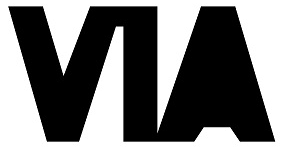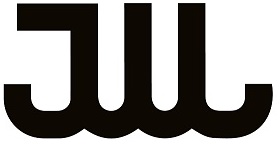Add products by adding codes
Alloy Wheel Certifications
Alloy Wheel Certifications
Proven standards: VIA, JWL, and TÜV. Below you’ll find what they mean and the scope of their tests.

VIA – independent testing in Japan
Independently testedVIA is a registered mark of the Japan Light Alloy Wheel Testing Council (JWTC). The VIA mark confirms that a specific wheel has been tested at an independent, accredited laboratory in Japan according to JWL requirements plus additional durability procedures.
- Fatigue testing (radial and cornering) and impact (shock) test.
- Verification of dimensions, load rating, and weight against the manufacturer’s declaration.
- Using the VIA mark without passing tests is prohibited.

JWL – the regulatory standard in Japan
Regulatory standardJWL (Japan Light Alloy Wheel) is a standard established by Japan’s Ministry of Transport (MLIT) for passenger car wheels (for commercial vehicles there is the JWL-T variant). By placing the JWL mark, the manufacturer declares the wheel meets strength requirements.
- Scope: fatigue resistance (radial and cornering tests) and impact strength.
- The JWL mark is usually on the inner part of the wheel next to load rating and size.
- VIA is an independent third-party verification, whereas JWL is the manufacturer’s declaration of conformity.

TÜV – European safety verification
EU CertificationTÜV is a European safety certificate carried out by various independent testing and certification bodies operating under the common brand “TÜV”. In practice, wheel testing and certification reports are issued by organizations such as TÜV NORD, TÜV Rheinland, TÜV SÜD, and TÜV Austria (it can happen that some wheels are certified specifically by TÜV Austria). Other commonly seen institutions include TÜV Thüringen and TÜV Saarland. The TÜV certificate confirms that a wheel meets strict safety and quality requirements and may be legally used on vehicles according to the relevant approvals (e.g., ABE/Gutachten in Germany).
- Tests include fatigue testing, impact resistance, corrosion (salt spray), and dimensional conformity checks.
- The test report contains parameters such as sizes, offset (ET), center bore, and approved tire options.
- The certificate number allows you to verify authenticity in the database of the issuing certification body.

